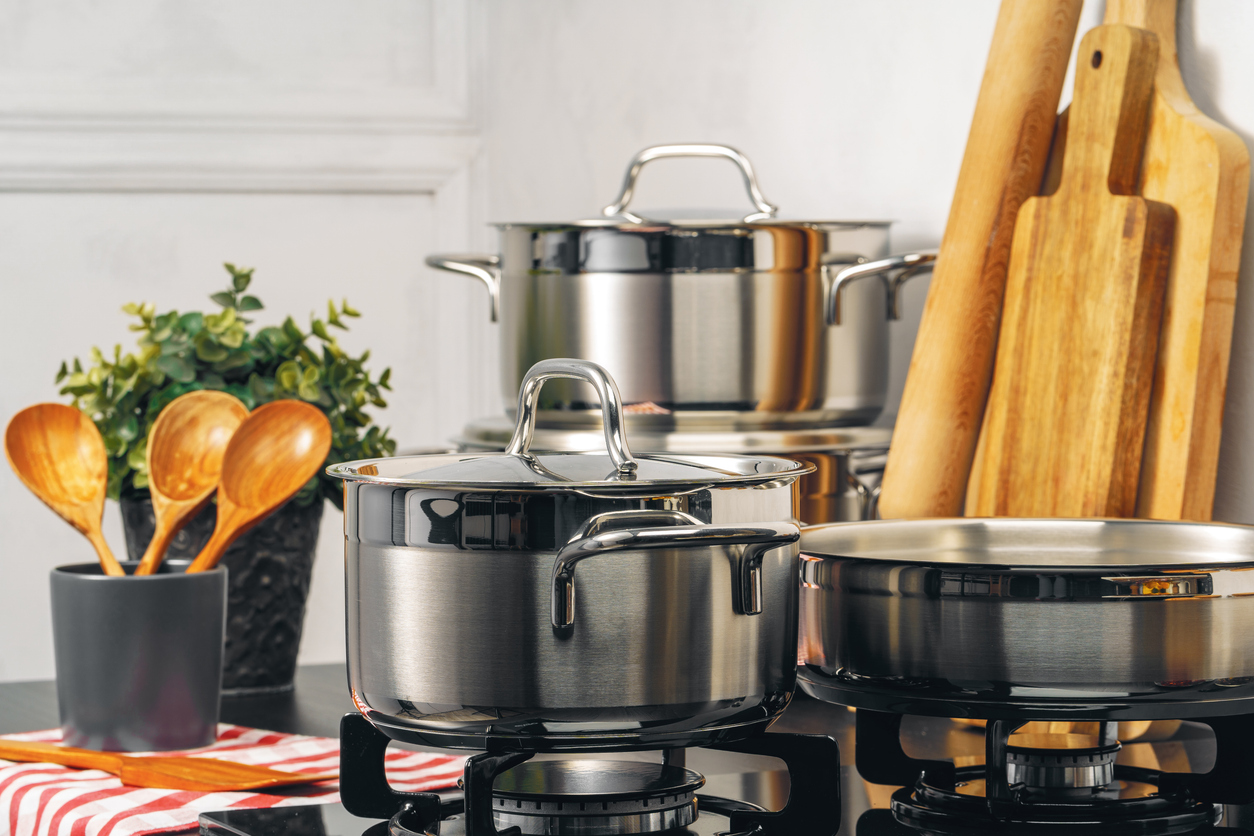Paper products are a staple in most households, but the costs can add up fast if you’re not careful. From paper towels and toilet paper to napkins and printer paper, these everyday essentials can take a significant chunk out of your budget. The good news is that there are many simple strategies to reduce your spending on paper products without sacrificing quality or convenience. Here’s how to save money on paper products and keep your household budget in check.
1. Buy in bulk
Buying in bulk is one of the easiest ways to save money on paper products. Wholesale stores like Costco, Sam’s Club, and BJ’s offer large quantities of paper towels, toilet paper, napkins, and printer paper at discounted prices. While the upfront cost may be higher, you’ll save money in the long run by paying less per unit.
Brigit tip: Make sure you have adequate storage space before buying in bulk. Keep an eye out for sales and promotions to maximize your savings.
2. Go reusable
Consider replacing some of your paper products with reusable alternatives. For example, swap out paper towels for microfiber cloths or kitchen towels. Not only are they more absorbent, but they’re also machine washable and can be used over and over again, saving you money and reducing waste. Similarly, use cloth napkins instead of disposable paper napkins for meals.
Brigit tip: Stock up on reusable options like cloth napkins, microfiber cloths, and washable cleaning rags. They may have a higher initial cost, but they’ll pay for themselves over time with repeated use.
3. Buy store brands
Store-brand paper products are often just as good as name-brand options but at a lower price. Compare prices and quality by trying out a few different store brands to see which one works best for you. In many cases, you’ll find that generic-brand toilet paper, paper towels, and napkins provide the same level of performance for a fraction of the cost.
Brigit tip: Don’t be afraid to try different store brands to find the best quality at the best price. Many stores offer satisfaction guarantees, so you can often return products if you’re not satisfied.
4. Use paper products more efficiently
Be mindful of how much you’re using when it comes to paper products. For example, use one sheet of paper towel instead of several, or tear off half a sheet if that’s all you need. Encourage your household members to use toilet paper and napkins sparingly as well. Being conscious of your usage can help reduce waste and make your supplies last longer.
Brigit tip: Consider installing a paper towel holder with a tension arm, which makes it easier to control how much you use and prevents wasteful overuse.
5. Use coupons and cashback apps
Coupons can help you save money on paper products, whether you’re shopping in-store or online. Look for coupons in newspapers, store circulars, or online coupon sites like Coupons.com and RetailMeNot. Additionally, use cashback apps like Ibotta, Fetch Rewards, and Rakuten to earn cashback or points on your purchases.
Brigit tip: Combine coupons with sales and promotions for even greater savings. Stack manufacturer coupons with store coupons to maximize your discount.
6. Switch to a bidet
Installing a bidet in your bathroom—or a bidet attachment to your toilet— can significantly reduce your toilet paper usage. A bidet uses a gentle stream of water for cleaning, which means you’ll need far less toilet paper. Over time, this switch can lead to substantial savings on toilet paper, not to mention a more eco-friendly bathroom routine.
Brigit tip: Bidet attachments are relatively affordable and easy to install on most standard toilets. Look for models with adjustable water pressure and temperature for added comfort.
7. Repurpose and reuse paper products
Get creative with repurposing paper products to extend their lifespan. For example, use old printer paper for scrap paper or notes. Save paper bags from grocery stores to use as trash liners, wrapping paper, or storage containers. Repurposing helps you get more use out of each product, reducing the need to buy new items as frequently.
Brigit tip: Keep a designated area in your home for storing reusable paper products, such as a drawer for scrap paper or a bin for paper bags.
8. Print less and go digital
Reduce your use of printer paper by going digital whenever possible. Opt for digital copies of documents, receipts, and bills instead of printing them. If you need to print, use both sides of the paper to maximize each sheet’s utility. This simple switch can significantly cut down on the amount of printer paper you use.
Brigit tip: Set your printer’s default settings to double-sided printing to save paper. Use digital note-taking apps like Evernote or OneNote to reduce the need for printed documents and paper notebooks.
9. Sign up for subscription services
Consider signing up for a subscription service for paper products, such as Amazon Subscribe & Save. These services offer regular deliveries of household essentials at discounted prices. You’ll save money on each purchase, and you won’t have to worry about running out of supplies.
Brigit tip: Adjust your delivery frequency based on your household’s needs to avoid overstocking or understocking.
10. Make your own paper products
If you’re feeling crafty, consider making your own paper products. (Yes, you read that right.) For example, you can create recycled paper at home using scrap paper, water, and a blender. While this approach may not be practical for all paper products, it can be a fun and eco-friendly way to reduce waste and save money.
Brigit tip: Look for DIY tutorials online for step-by-step instructions on making recycled paper or other paper products.


